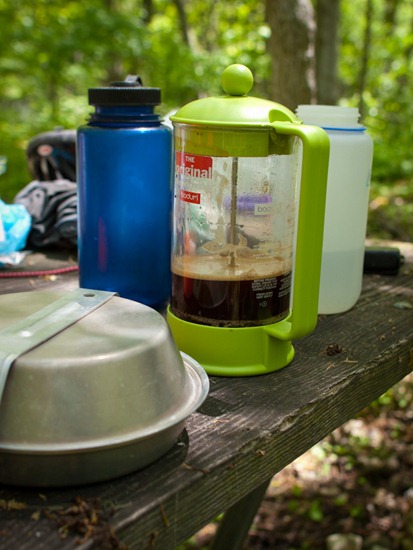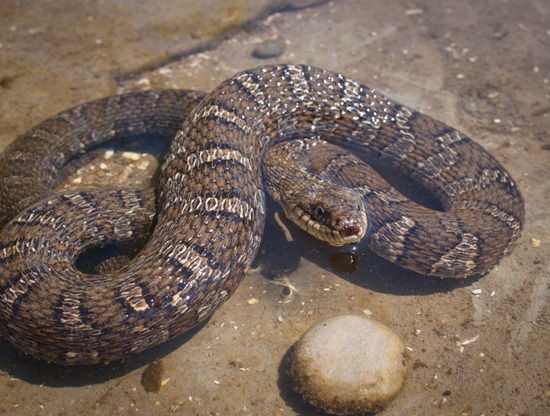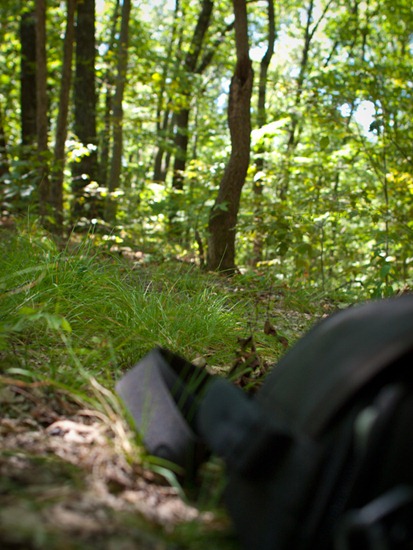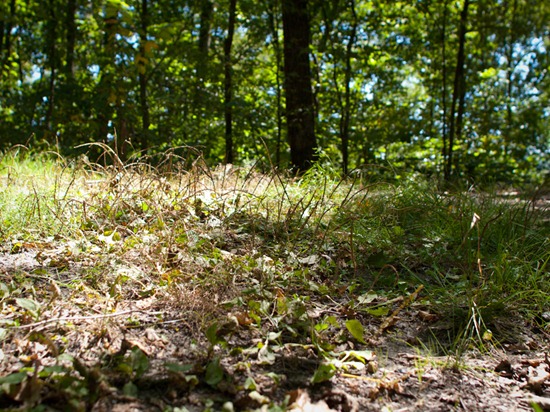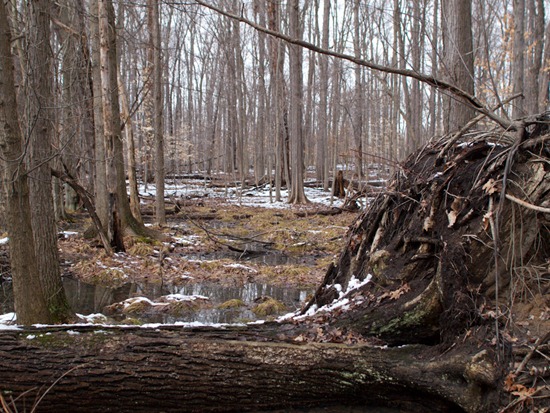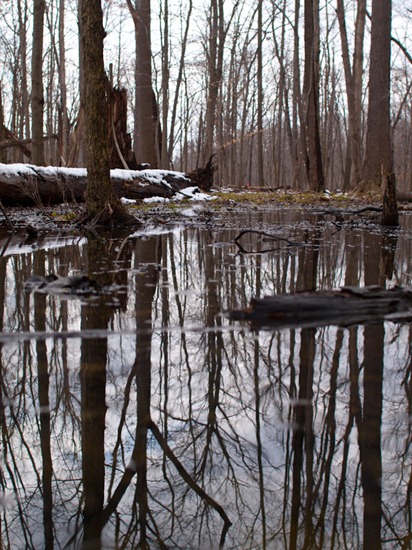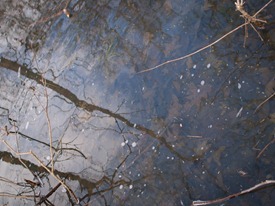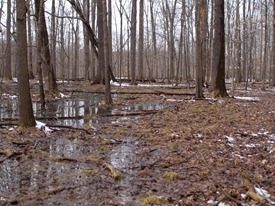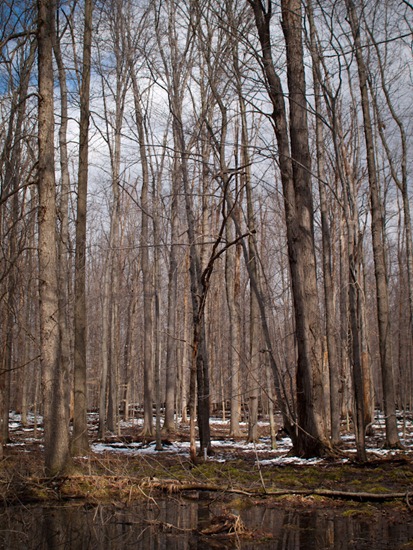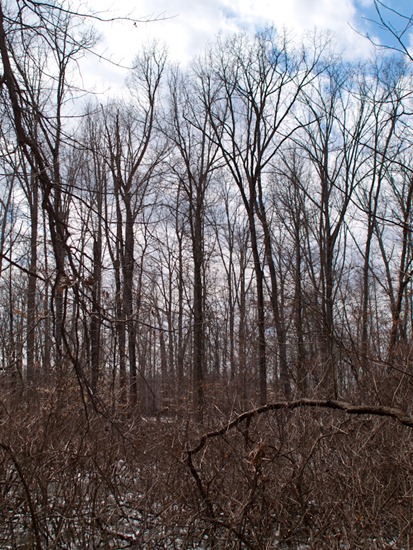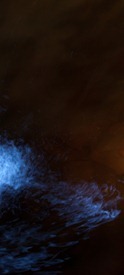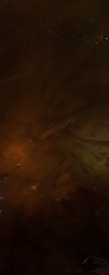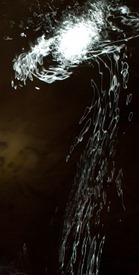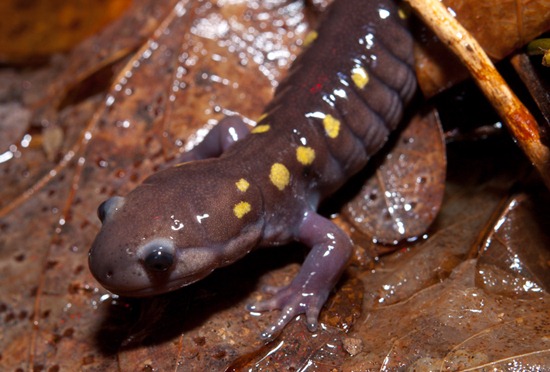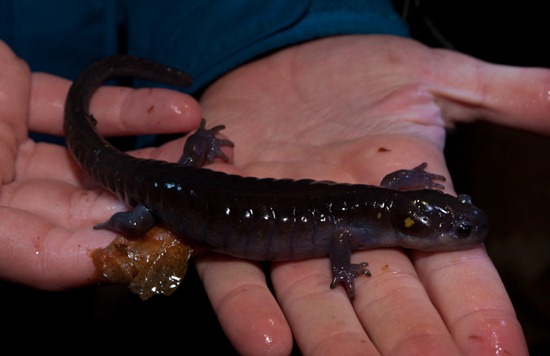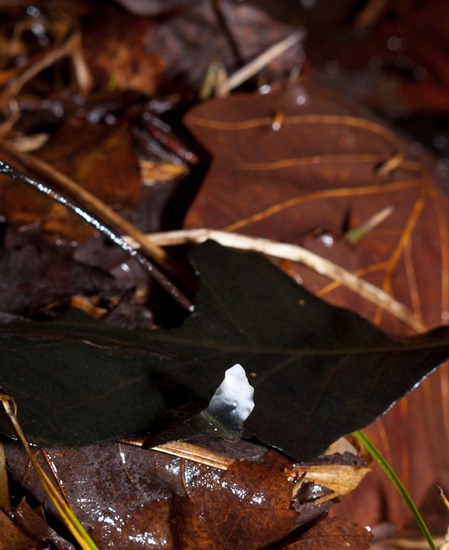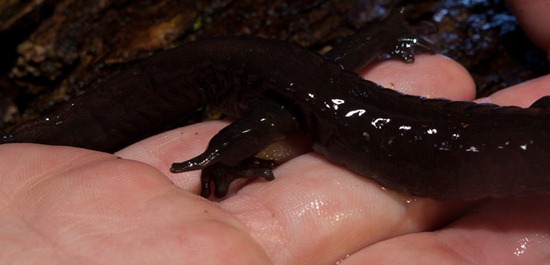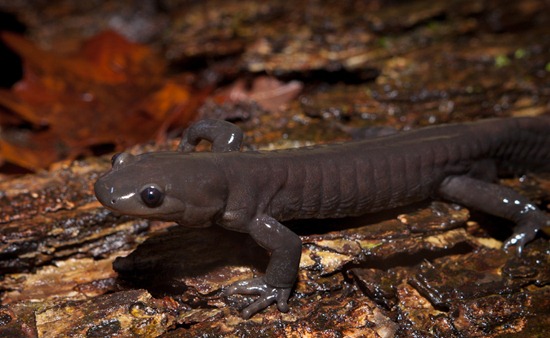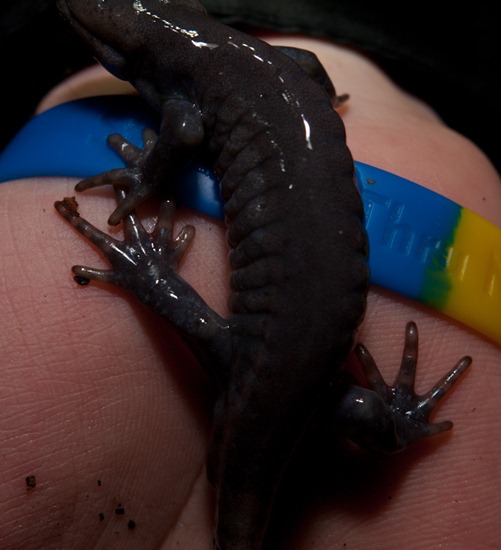Tag Archives: Ohio
Lake Erie Watersnake
If all that matters is locality, this is a Lake Erie Watersnake (Nerodia sipedon insularum) caught on the shore near Put-In-Bay, South Bass Island. However, N. s. insularum tends to have less pronounced patterning and an overall darker color than the mainland sub-species (sipedon), and this individual seems to fit that description. Interbreeding does occur, so it could even be a ‘hybrid’. Perhaps only genotyping will allow certainty…
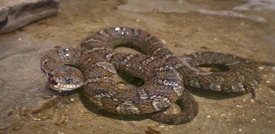 |
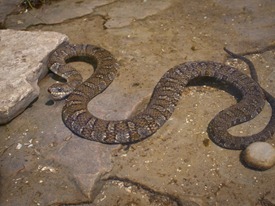 |
A couple more from the ground
Like here.
Turkey vultures, turkey burgers and Brewster
Last Sunday, we visited the famed Hinkley Reservoir’s Buzzard festival. Although I think we were too late, either in the year or in the afternoon, to see a large roosting flock of vultures, we enjoyed much of the Spring weather with some turkey burgers and watching Brewster, Jenn and Matt’s dog, mope in the grass.
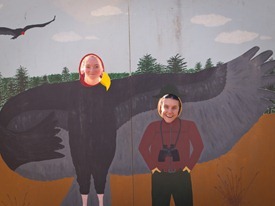 |
 |
A day-time view of the Salamander Pool
Fish sampling for Vertebrate Zoology
Tuesday and Thursday of this past week, the two Vertebrate Zoology sections sampled fish assemblages at Jennings’ Woods. Although Tuesday’s weather was less than ideal, raining and cold, the class caught a new fish that we’ve never managed to catch with seining – a Least Brook Lamprey. Unfortunately, the rain and sampling prevented me from taking too many photographs of students in action, seining and giving the-all-too-important fish call. Here’s a few of folks presenting and observing the classes’ catches.
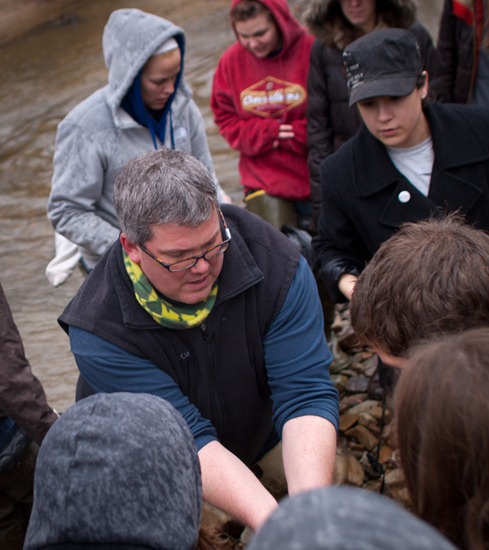
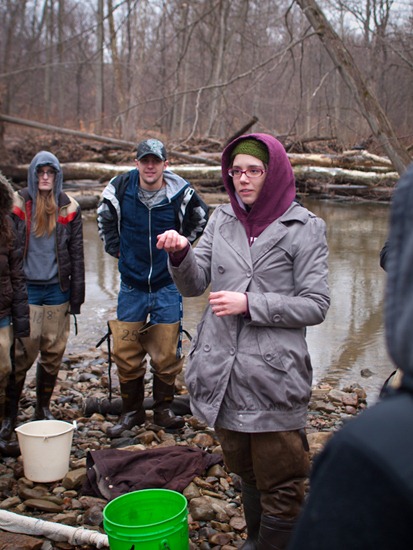
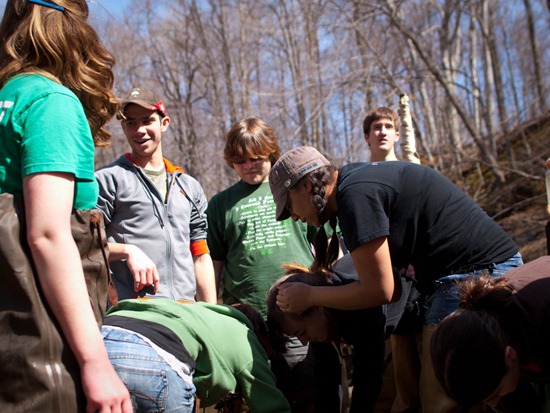
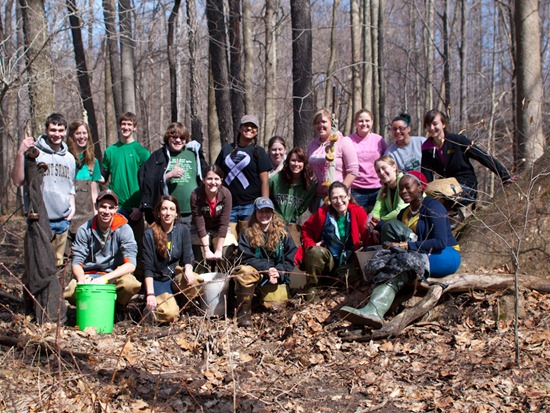
A Panorama of Tinkers Creek
Rainy flash
Spotted Salamander Variation
One point of interest that came up during the salamander hunt on Wednesday night was the variation in spotted salamander coloration. Not much hybridization occurs with spotted salamanders (at least not as much as in the Jefferson complex), but this variation could conceivably result from hybridization. I wonder what environmental conditions could cause spot variation. Presumably, spots serve to warn potential predators of a distasteful and possibly toxic prey source, so with lots of natural variation occurring, it’d be a bit easier to test predation-risk as a function of the number or prominence of yellow spots.
Anyway… here’s a couple of spotted salamander photos illustrating some spot variation, Dean’s first encounter, and a spermatophore!
 |
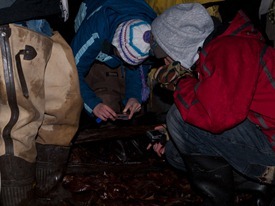 |
A Jefferson Salamander and a malformation
Some of what-might-be unisexual Ambystoma that we encountered Wednesday appeared more like Jefferson Salamanders, having limited blue spots and long toes on their hind feet. Interestingly, there was one Jefferson Salamander with six toes on its hind, right foot, which makes at least one malformed amphibian caught during every trip I’ve been to this vernal pool!



